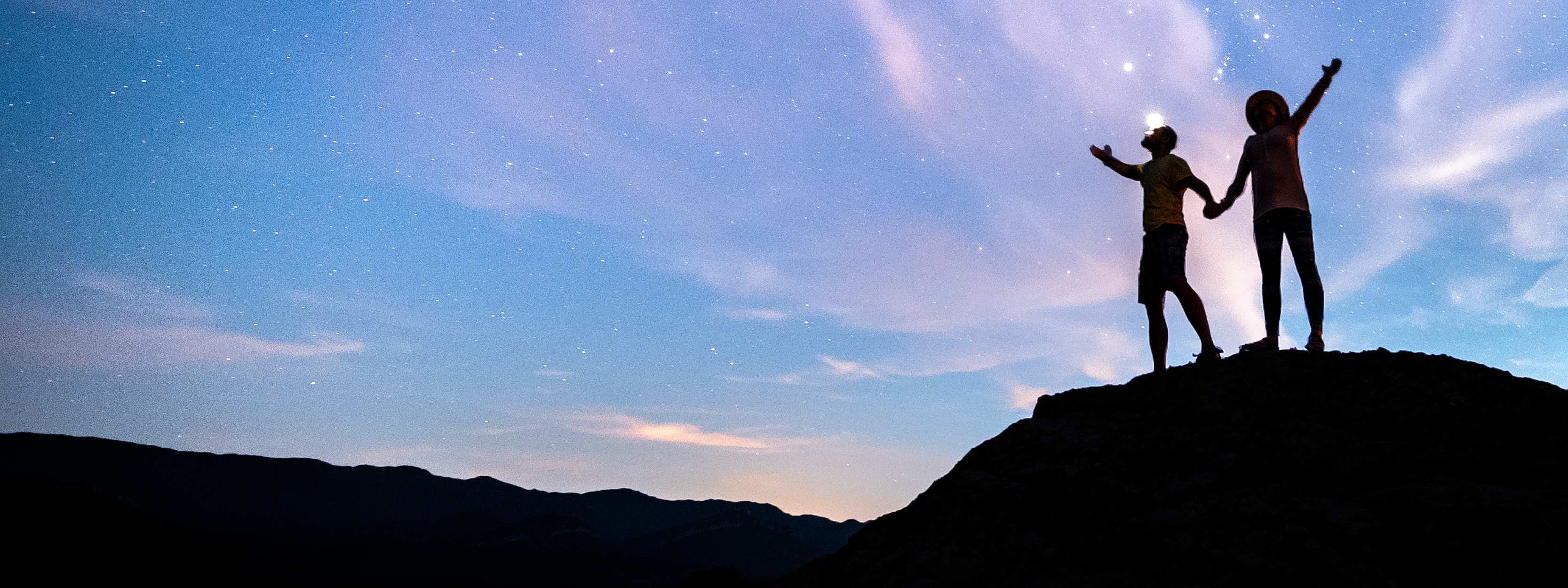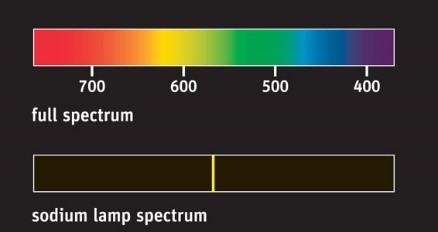
- This event has passed.
Nocturnal: Illumination


Saturday, March 11
6-10 p.m.
Adults 21+, $20
Nocturnal is a new program at Chabot Space & Science Center created for adults 21+ to enjoy an evening exploring the intersection of art and science in an atmosphere filled with unique multi-media experiences, art installations, music and curated activities all while enjoying music, drinks and a fun-filled evening that ends with telescope viewings.
For our inaugural event, we will focus on the brilliance and beauty of the night sky exploring constellations, planets and other celestial bodies that inspire art and keep us in wonder.
Telescope viewing is weather and conditions permitting.
Presentations and Performances
DJ Brad
6:00pm – 10:00pm, Studio 3
DJ Brad returns for an evening of music!
Light Lab
With members of Chabot’s Education team
7:00pm, Theater
Light is all around us, even when it is unseen! In this lab, the nature of light is uncovered to further understanding of what light is, where it comes from, and how the electromagnetic spectrum can reveal the invisible universe through a series of illuminating demonstrations.
Digital Sky
With Space in Your Face!
7:30pm, Planetarium
Through this cosmic journey we will explore what is up in the sky tonight and then we will fly around the solar system and explore where YOU want to go.
Julia DeMarines is Space in Your Face and a PhD student, Astrobiologist, science communicator working with the UC Berkeley SETI Research Center & Blue Marble Space.
The Dark Energy Spectroscopic Instrument
With Nathalie Palanque-Delabrouille
8:00pm, Theater
The Dark Energy Spectroscopic Survey (DESI) is on its way to building the largest-ever 3D map of the Universe to investigate the nature of the mysterious dark energy that seems to permeate the whole universe. To do so, DESI is measuring the position in 3D of 40 million galaxies using an amazing instrument equipped with 5000 little robots. Because light propagates at a finite velocity, the result of the DESI survey is not only a mapping in distance, covering out to the most distant objects one can observe, but also a mapping in time! DESI will thus study the history of the universe over the last 12 billion years, providing an unprecedented dive into the evolution of the universe and how it was impacted by dark energy.
Nathalie Palanque-Delabrouille dedicated most of her career to the study of dark matter and dark energy, the two most mysterious and least understood components of the Universe. She obtained her PhD in 1997 jointly from the University of Paris 7 and the University of Chicago, for her work on Galactic dark matter. She then contributed to several cosmology experiments that aim at studying dark energy, among which the Dark Energy Spectroscopic Instrument, DESI. Since 2018, she has been co-spokesperson for the DESI collaboration.
Shannon Hayden
Make Space for Music!
8:30pm, Planetarium
Chabot welcomes you to a night of music under the stars with international touring musician, cellist Shannon Hayden. Join us for a sonic journey through interstellar landscapes!
Multi-instrumentalist Shannon Hayden has been traveling the world performing solo concerts and offering multi-instrumentalist work for folk pop group Lily and Madeleine as well as acclaimed world music artist SIMRIT. Her sound has been shaped through the world of classical music and a lifelong love for experimental soundscapes.
Activities, Films, and Installations
5000 Eyes: Mapping the Universe with DESI
6:30pm, Planetarium
The Dark Energy Spectroscopic Instrument (DESI) is creating the most detailed map of our nearby universe. Installed on the Mayall telescope on Kitt Peak in Southern Arizona, DESI’s 5000 independently operated robots can measure the light from millions of galaxies at once. Join us as we explore the science, instrument, and people behind this global endeavor.
Catstronauts
AI artwork designed by Scott Kildall
6:00pm – 9:00pm, Studio 1
Catsronauts are playful and cute, playing with the use of “low culture” cat memes on the internet alongside the science of space travel.
Created by an AI engine with detail work by Scott Kildall, this work postulates a new hybrid creativity between artists and AI that simply wasn’t possible just a year ago.
Scott Kildall is a new media artist who looks at the interplay between territory and technology.
Spectra Cart
With Galaxy Explorers
6:00pm – 9:00pm, Studio 2
What are rainbows? How do astronomers identify distant gases in stars, nebulae, and exoplanet atmospheres? The answer to both these questions is spectra! Look at different light sources with a special tool to split their light into different colors. You may find that not all rainbows are the same.
Uncovering Color
With Galaxy Explorers
6:00pm – 9:00pm, Studio 2
Enter a space where a special light bulb removes colors from images and your surroundings.
What’s going on?
This light source, called a Low-Pressure Sodium vapor lamp emits visible electromagnetic radiation in a very narrow band of the spectrum, about 589nm (1 nanometer is equal to one billionth of a meter).
The visible electromagnetic radiation spectrum comprising colors ranges from about 400nm to about 700nm, from the shorter red wavelengths to the longer Violet wavelengths.

This limited access to reflected color causes your eyes to perceive things more in a shaded greyscale, or like seeing in black and white, with the effect gradually increasing as your eyes adjust.
Shine a white light onto these images to reveal their true, more colorful appearance.
Nebula Spin Art
With Galaxy Explorers
6:00pm – 9:00pm, Lab 1
In this activity, you will learn about how gigantic clouds of gas and dust in space, called nebulas, are formed. They’ll create their own colorful model nebula using paint and a spinner. Because of the unique quantities and locations of the materials and the forces that spread them out, each model nebula will be unique—just like each real nebula!




